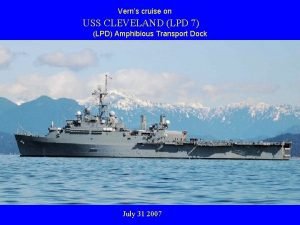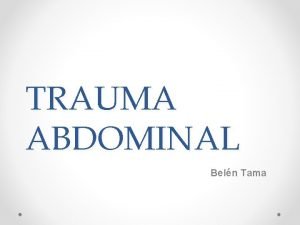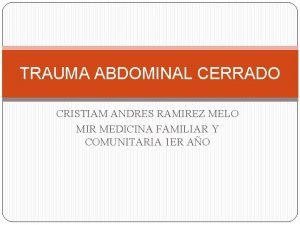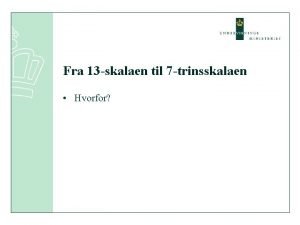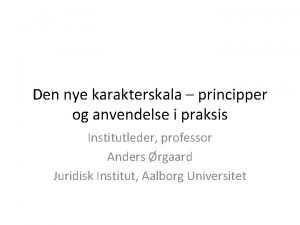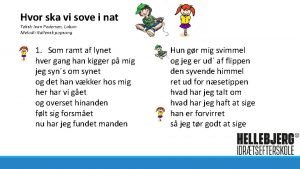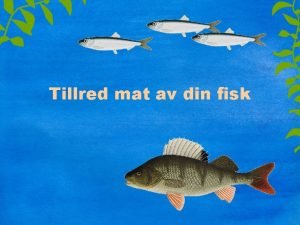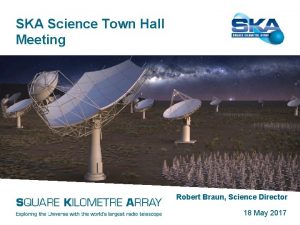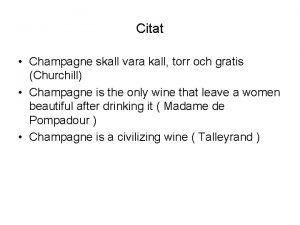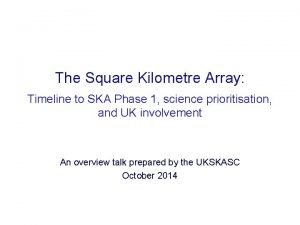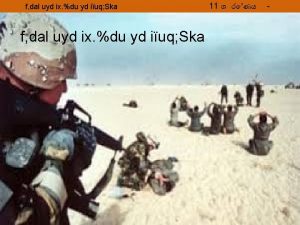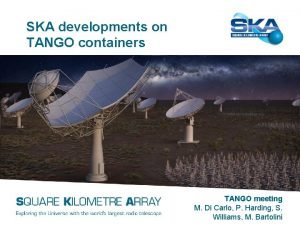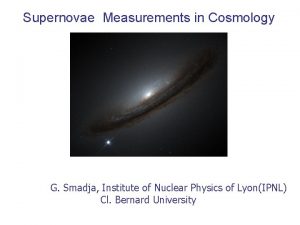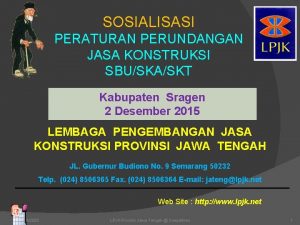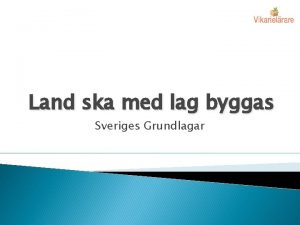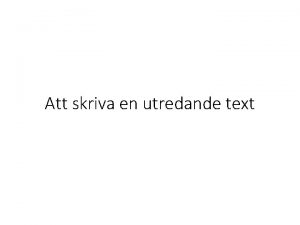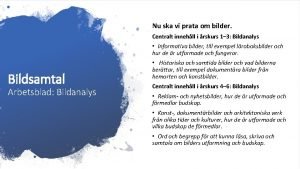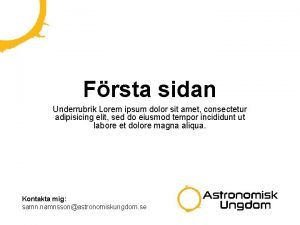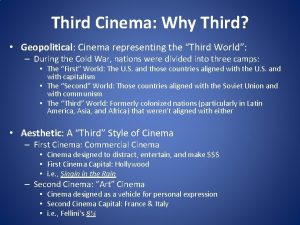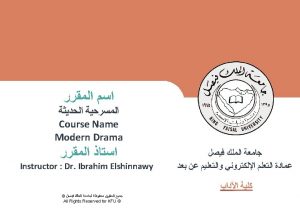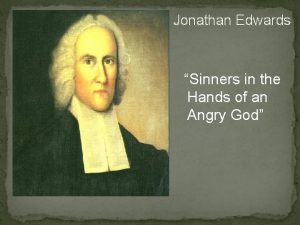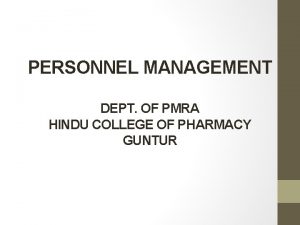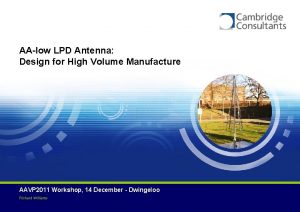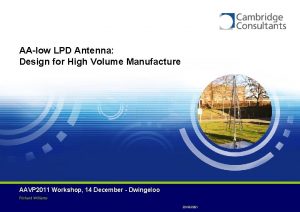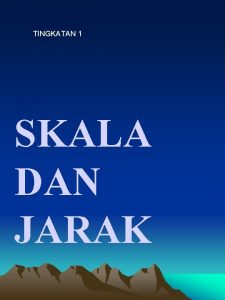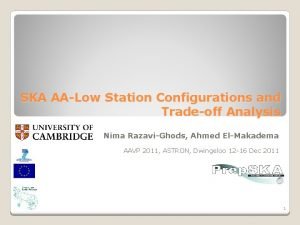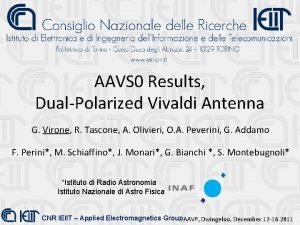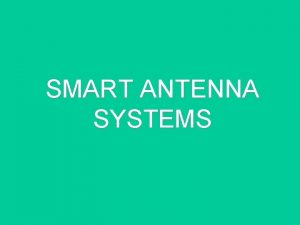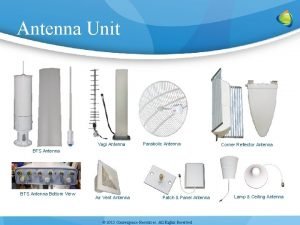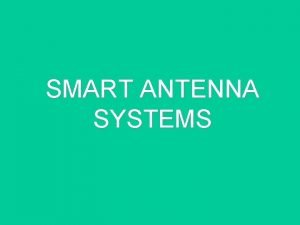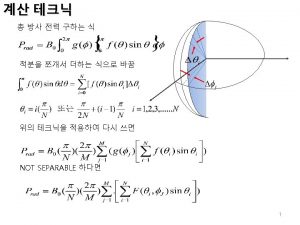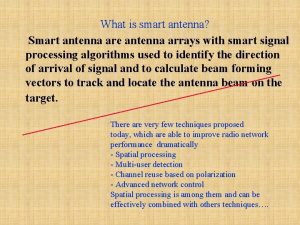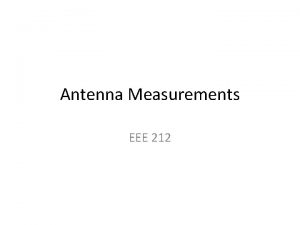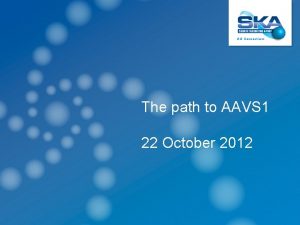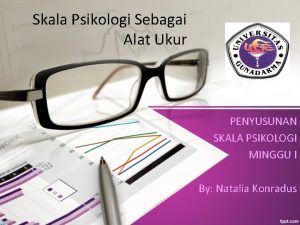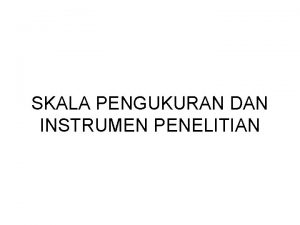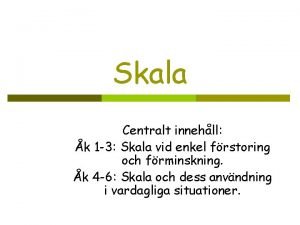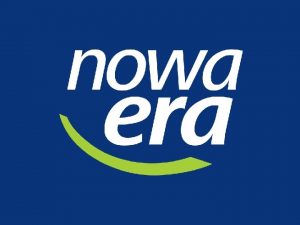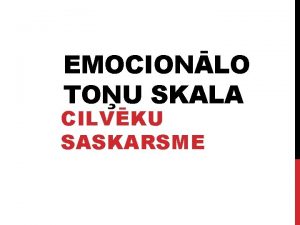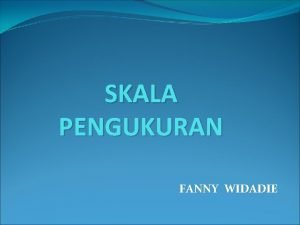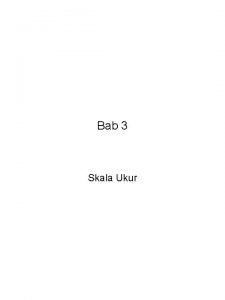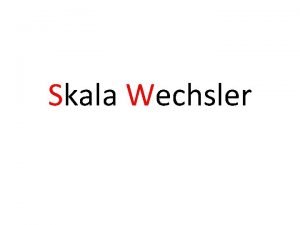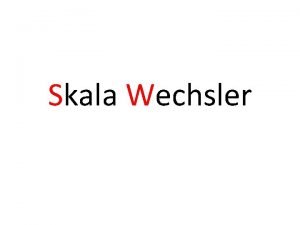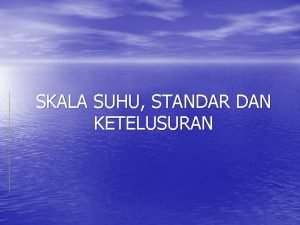SKA AAlow LPD antenna SKALA path towards AAVS


































- Slides: 34

SKA AA-low: LPD antenna (SKALA) & path towards AAVS 0 at Cambridge Eloy de Lera Acedo University of Cambridge AAVP 2011: Taking the AA programme into SKA Pre-Construction 12 -16 December, 2011 - ASTRON, Dwingeloo 1

Overview • • • Introduction Current status of SKALA (LPD antenna) Low Noise Amplifier for SKALA tests and AAVS 0 (16 -element array) Important numbers Summary and conclusions

Introduction Parameter Specification Remarks Low frequency MHz 70 Nyquist frequency MHz 100 Frequency with element spacing is λ/2, defines max A eff High frequency MHz 450 Freq where sky noise is low, overlaps with AA hi and/or dishes Frequency coverage Bandwidth, max contiguous MHz Polarisations 380 2 Station diameter m 180 Geometric area m 2 ~25, 000 No. of element types 1 No. of elements Scan angle range ~10 k deg ± 45 m 2/K 17 Frequency channel k. Hz 250 Output data rate Tb/s 16 Sensitivity @ 100 MHz Lowest frequency expected for the Eo. R There are no gaps between low and high frequency Individual beams can operate over the full frequency range Orthogonal Determined from SKA 2. Uses 250 arrays for expected SKA 2 sensitivity A single wide band element type e. g. bow tie or conical spiral Each element is low gain, dual polarisation Will operate at larger scan angles, but sensitivity not defined Single array, sensitivity varies over the band. Assumes Tsky= 1000 K, 70% for appodisation. Assumes 2048 channels splitting the full sample rate, further channelization will be required at correlator Defines the survey performance of the array. Can be used flexibly for frequency, bandwidth and number of beams

Evolution: from BLU to SKALA Impedance Dual polarisation Sky coverage Cost BLU Impedance Dual polarisation Sky coverage Cost Toothedw-SKALA log periodic Impedance Dual polarisation Sky coverage Cost SKALA

SKALA: SKA Log-periodic Antenna 1. 6 m 1. 3 m * GND mesh is 1. 5 x 1. 5 m.

Current status of SKALA

Mass production of SKALA and LNA

Mass production of SKALA and LNA • Some numbers: – Cost of antennas for AAVS 1 is around 150€/element. – Cost of antenna for AAVS 2 is targeted at 75€/element (this is for the 2 polarisations and includes the electronics). – Weight of each arm would be 1. 56 kg if made of steel wire.

First prototype

Performance

Low Noise Amplifier for SKALA • Frequency range 70 to 450 MHz • Gain > 20 d. B • Gain flatness, as flat as possible consistent with meeting other spec. parameters • Noise temperature < 30 K at 450 MHz • P 1 d. B, high enough to allow astronomical observations to be made at Lords Bridge • Power consumption < 100 m. W • Unconditionally stable at both input and output ports • Differential source (antenna), single-ended load • High Level of Common Mode Signal Rejection

Concept

Dual Matched Low Noise RF FETs Required

AVAGO MGA-16516 Schematic

Board layout

Picture

LNA & antenna performance

LNA+antenna simulated performance (includes a 20 d. B gain second stage on chip)

LNA+antenna simulated performance (includes a 20 d. B gain second stage on chip)

Simulated A/T for SKA 1 (with log-periodic antenna) - A/T shown is A/T of 1 antenna x N (number of antennas in a 180 m station with elements spaced 1. 5 m apart) x 50 stations. • η (radiation efficiency) = 90% • D (directivity) • Tsky (sky noise temperature) following Tsky = 1. 691*(freq[GHz]. ^-2. 751) + 4. 875 K • Tamb (ambient temperature) = 295 K • Trec (receiver noise temperature) -> Assuming ideal amplifier with: • Zopt (optimum noise impedance) = 100 Ω • Rn (noise resistor) = 10 Ω • Fmin (minimum noise figure) = 0. 3 d. B -> 21 K

* Peak is at 2452 m^2/K

* Peak is at 2452 m^2/K

* Peak is at 3468 m^2/K


Effect of Soil/GND – (Soil B – 5% humidity) Even a bigger pitch may be possible!

X-pol

SKALA tests and AAVS 0 • 16 dual-polarised SKALA elements. • Aim: – Test realistic SKA AA-low front-end technology in an array environment: • Effect of cables. • Effect of ground mesh/soil. • Effect of mutual coupling on noise and pattern. – Challenges: • Measure the pattern in an array environment. Options: – Use of known field source: NF, FF. – Use data from interferometry experiment. ADC: 1 GS/s 50 -100 m all optical – Cost: • Estimated total cost is 5 -10 K€ depending on tools and equipment needed for the tests. e/o Data e/o Control e/o Sync. Analogue

Lord’s Bridge Observatory SKALA-AAVS 0


Upcoming tests: • December 2011: – Impedance test with “dummy” board. • January 2011: – – Single element pattern measurement in outdoor test range, Perth? Single element pattern measurement in outdoor test range, UK. Noise matching with integrated LNA in reverberation chamber, UK. Impedance tests on AAVS 0. • February-March 2011: (with Roach back-end) – Noise tests on AAVS 0: pointing the array to hot and cold patches of the sky. – Pattern tests on AAVS 0: (compare with analytical/EM models - UCL) • Interferometry experiment: full correlation/correlation with high gain antenna • Known source: Near field source (no back-end needed), minicopter? – More tests. . . Any suggestion? Plug into other back-ends?

Important numbers • Noise: – <30 K @ 450 MHz. • Sky coverage – A/T: – Meets DRM specifications down to +/- 45 o at all frequencies. • Frequency band: – Potential to go down to 50 MHz (lower arm). • Foot-print: 1 x 1 m possible (lower arm). • Cost: – Targeted to 75 € including LNA and ground mesh.

Single-Dual band • Low-band: high gain element, OK. • High-band: low gain element? Not so easy. . . Getting down to 30 K with a low gain antenna in a 3: 1 band is not that easy. You will probably need a high gain element anyway and rather large.

Summary and conclusions • Antenna+LNA pair meets DRM requirements. • In early 2012 noise and pattern tests for AAVS 0. • Mass production prototypes are in their way (75€/element).

Thank you! Any questions? SKALA 1 (Cambridge) SKALA 2 (ICRAR) SKALA 0 mini. SKALA (Cambridge) SKALA 3 (Cambridge) SKALA 4 (ASTRON)
 Uss cleveland lpd 7
Uss cleveland lpd 7 Espacio retroperitoneal anatomia
Espacio retroperitoneal anatomia Lpd medicina
Lpd medicina Zemljotres rihterova skala
Zemljotres rihterova skala Hvad svarer 7 til på 13 skalaen
Hvad svarer 7 til på 13 skalaen Abcde principperne
Abcde principperne Unity iot
Unity iot Hvor skal vi sove i nat
Hvor skal vi sove i nat Flå lake
Flå lake Ska rating
Ska rating Robert braun construction
Robert braun construction Champagne citat
Champagne citat Barn i alla länder vill att det ska bli fred
Barn i alla länder vill att det ska bli fred Ska phase
Ska phase Ska dal
Ska dal Ska
Ska Element ska
Element ska Cplim
Cplim 06042005 color
06042005 color Ska ahli teknik bangunan gedung
Ska ahli teknik bangunan gedung Moodle keskkond
Moodle keskkond Land ska med lag byggas
Land ska med lag byggas Teresa abivahendid
Teresa abivahendid Sipadu pegawai
Sipadu pegawai Vilka delar måste finnas med i en utredande text
Vilka delar måste finnas med i en utredande text Ska skills knowledge attitude
Ska skills knowledge attitude Nu ska vi
Nu ska vi Title lorem ipsum dolor sit amet
Title lorem ipsum dolor sit amet Tvättsymboler
Tvättsymboler Perfumed nightmare summary
Perfumed nightmare summary Compare torvald and nora's attitude towards money
Compare torvald and nora's attitude towards money Deep forest towards an alternative to deep neural networks
Deep forest towards an alternative to deep neural networks His wrath towards you burns like fire figurative language
His wrath towards you burns like fire figurative language Mechanical approach towards personnel
Mechanical approach towards personnel Character formation in psychology
Character formation in psychology
